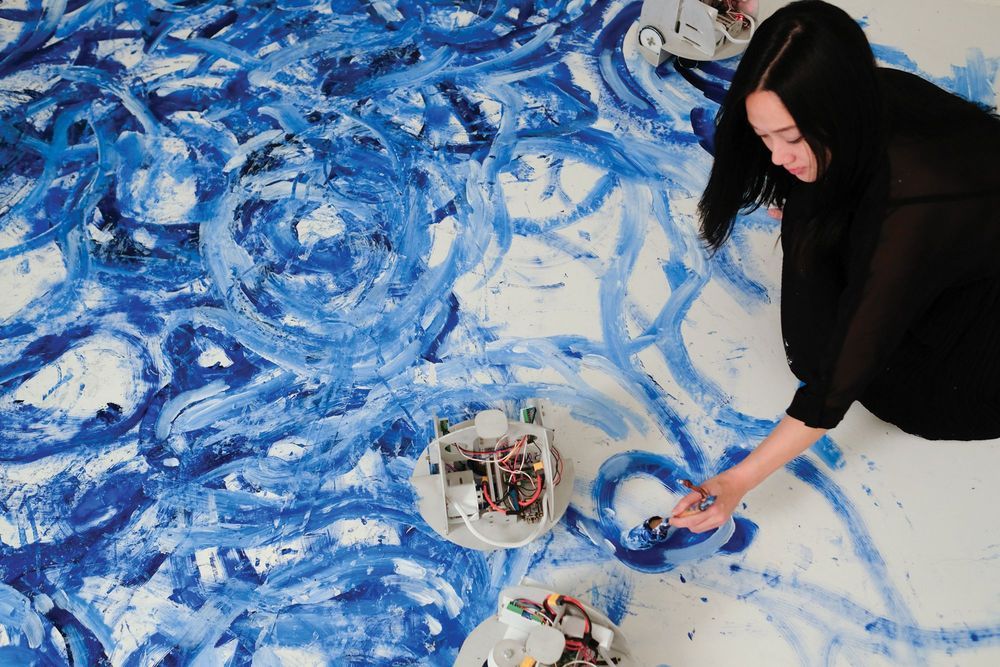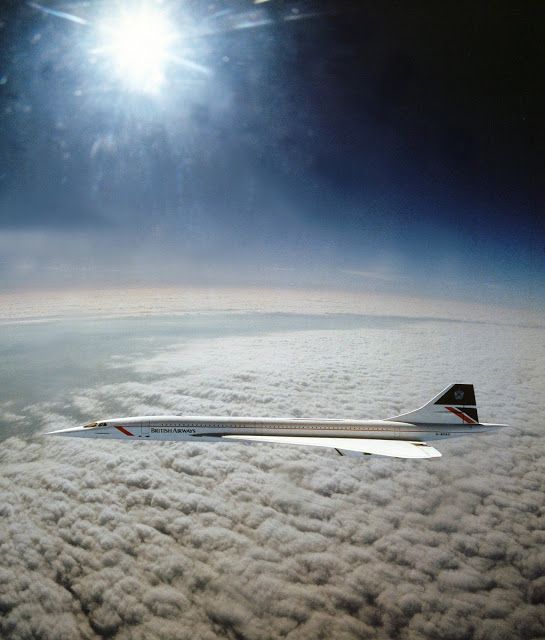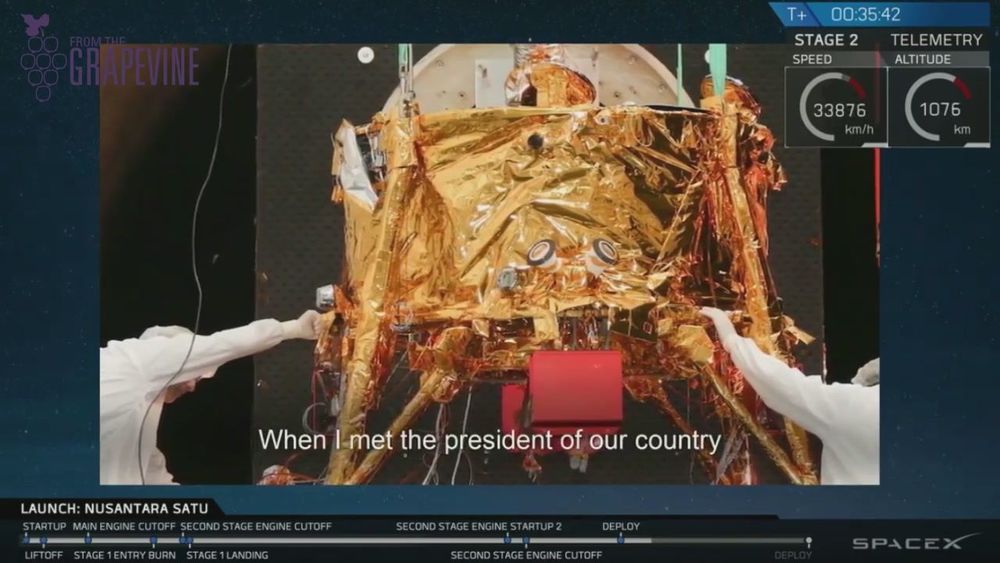Feb 22, 2019
Making New Drugs With a Dose of Artificial Intelligence
Posted by Derick Lee in categories: biotech/medical, robotics/AI
Universities and big pharmaceutical companies are unlikely to match those resources. But thanks to cloud computing services offered by Google and other tech giants, the price of computing power continues to drop. Dr. AlQuraishi urged the life-sciences community to shift more attention toward the kind of A.I. work practiced by DeepMind.
Researchers at DeepMind, owned by Google’s parent company, and other companies are applying their powerful A.I. systems to drug discovery research.




 The only photo of a Concorde flying at Mach 2 taken by Adrian Meredith from an RAF Tornado attack fighter over the Irish Sea in April 1985.
The only photo of a Concorde flying at Mach 2 taken by Adrian Meredith from an RAF Tornado attack fighter over the Irish Sea in April 1985.












